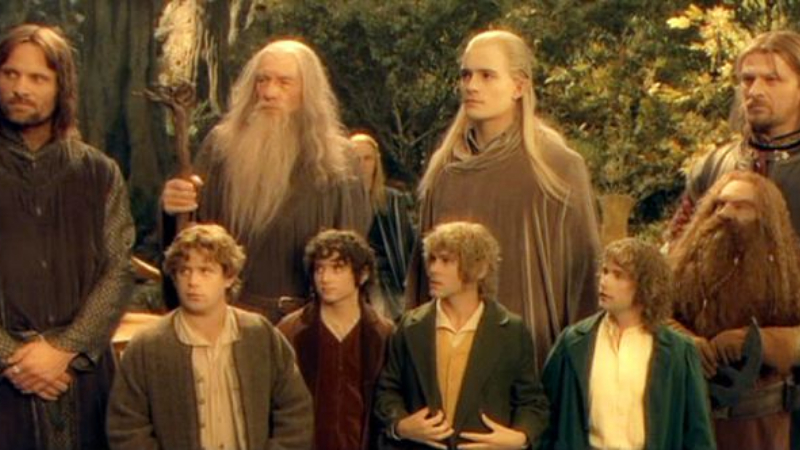The Lord Of The Rings: The Fellowship Of The Ring (Extended Edition)
Director – Peter Jackson – 2002 (2001) – New Zealand – Cert. PG – 229m
*****
(NB Extended Edition, in cinemas from Monday, July 24th 2020, 227m in cinemas due to extended frame rate = 218m version released on DVD 2004. Original theatrical cut: 178m)
It’s a very different thing writing about a new movie which you’re watching for the first time and an old movie with which you’re familiar. Even stranger when the movie concerned is an adaptation of a book with which you’re equally familiar. Odder still when the property exists in its original form (which was actually a side project of something else, Professor J.R.R.Tolkien’s Middle-earth project) but also in a highly regarded 13 x 1 hour BBC radio adaptation skilfully adapted by Brian Sibley.
Although it’s Tolkien’s material, for me it’s as if The Lord Of The Rings existed somewhere out there and Tolkien wrote it down in book form (Where does artistic creativity come from? Discuss) after which Sibley successfully wrote it down in radio drama form and Jackson and his two screenwriting collaborators Fran Walsh and Philippa Boyens turned it into a movie trilogy.
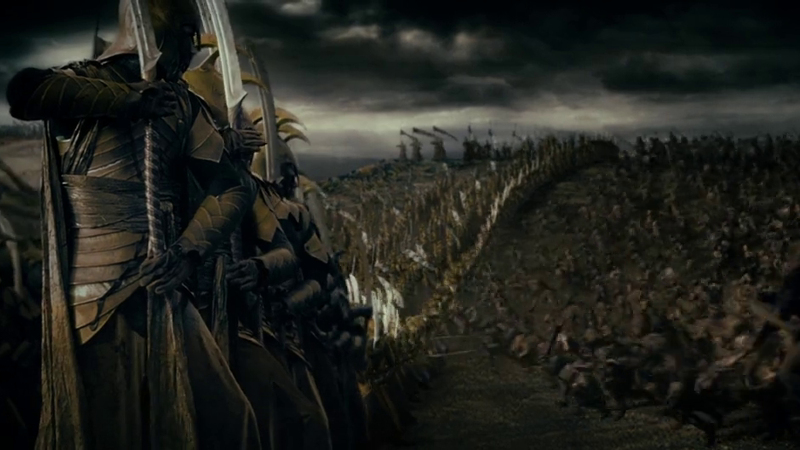
Animation maverick Ralph Bakshi had previously attempted to turn it into a two movie cinema version of which only the first part ever hit cinemas, but Peter Jackson, no doubt taking to heart the lessons of Bakshi’s ill-fated effort, pitched and made it as 3 x 3 hour movies of which this is the first. Even then, with a slightly shorter running length to play with than Sibley, there are moments when Jackson had to cut out a little too much and there are one or two elements (particularly in the second and third films) which are better in than out. So there are extended versions available on DVD which are generally regarded, by myself and many others, as better than the original theatrical cuts.
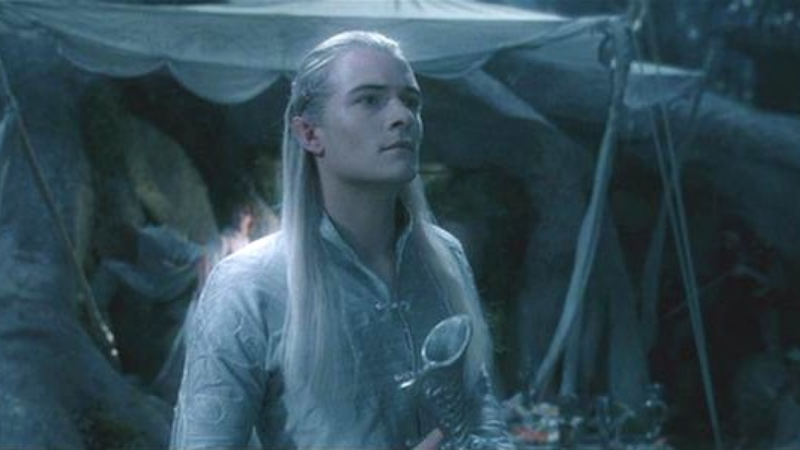
Which brings us to the present time, the COVID-19 lockdown and cinemas (hopefully) reopening after closure of several months. Film distributors and exhibitors desperate to make money after this barren period go scrabbling around for tried and tested, old movies that will bring cinemagoers back in. Why not put the three extended LOTR movies back in cinemas?
What you’re not going to get, clearly, is the excitement of seeing the films for the very first time. (Unless, you’ve never seen them, in which case you WILL get that rush.) Instead, you get the pleasure of coming back to Jackson’s much loved big screen translation of the book in a version that’s been widely available on home cinema format but not the big screen. So this really is a bit of a treat.
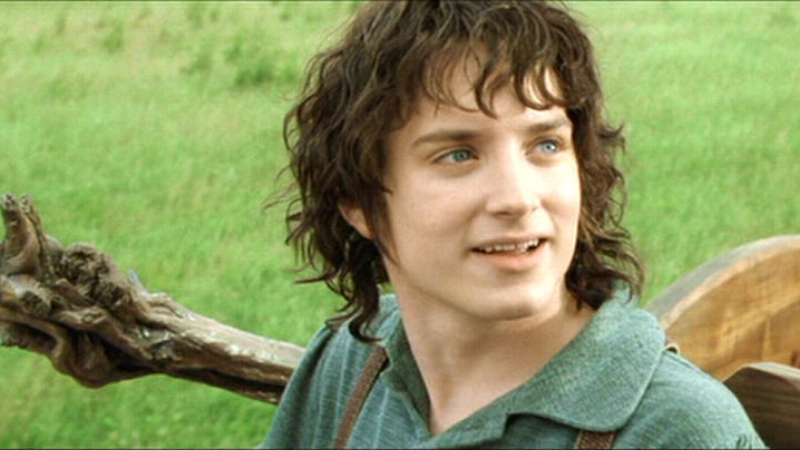
The great strength of Tolkien’s text, Sibley’s radio series and Jackson’s movie trilogy is that the property is essentially character-driven. The first film’s plot concerns Frodo Baggins (Elijah Wood), a hobbit from the Shire, entrusted by the wizard Gandalf (Ian McKellen) to return his Uncle Bilbo’s (Ian Holm) One Ring, a divisive and malevolent instrument of power created by the evil dark lord Sauron of Mordor, to the fires of Mount Doom which is the only place the Ring can be unmade.
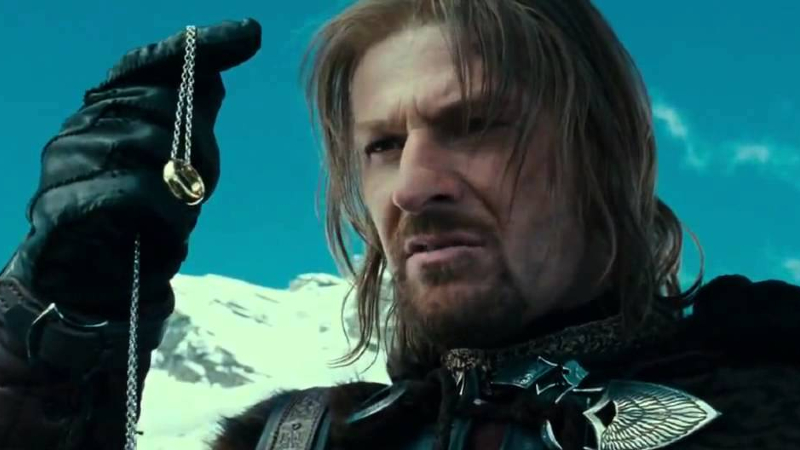
To achieve this end, the duo are joined by three more hobbits, two humans Aragorn (Viggo Mortensen) and Boromir (Sean Bean), the dwarf Gimli (John Rhys-Davies) and the elf Legolas (Orlando Bloom). The Ring starts to affect one member of the Fellowship, leaving Frodo and his fellow-hobbit, friend and gardener Sam (Sean Astin) to continue on alone towards Mount Doom.
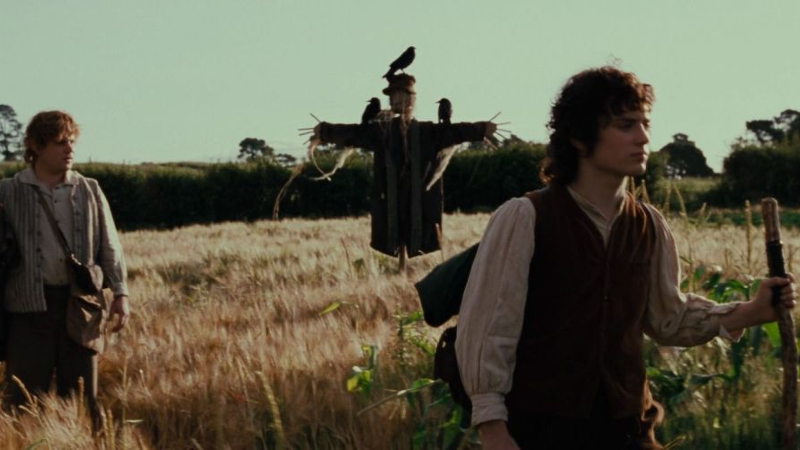
There’s a lot more to it than that, although anyone who has read Tolkien’s The Silmarillion, his ambitious , vast and sweeping history of Middle-earth, will know that the entire LOTR trilogy is reduced there to about a page of the text right at the end. Being the opening film of the trilogy, LOTR FOTR feels smaller scale than what follows in the next two films. It has to set everything up with a seven and a half minute prologue at the beginning followed by a lengthy sequence in the Shire where we get to know both hobbits and Gandalf. The formation of the Fellowship takes place about half way through and by the end of the film it’s been split into three separate factions for the remaining two films.
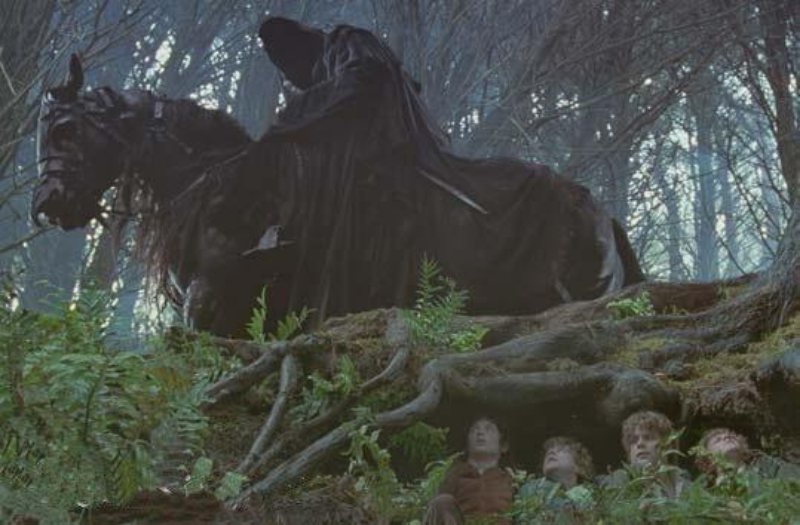
If there is a single main protagonist, it’s Frodo. Much of the time here he is in the company of others, but whenever he puts the ring on his finger he slips into a dark netherworld represented by lots of strange, smearing video post-production effects where Sauron’s nine riders can see and find him more clearly. The second and third films will see Frodo and Sam separated from the others, journeying in the company of the duplicitous Gollum in their attempts to deliver the “Precious” into the fires of Mount Doom. Here though, he’s the plucky innocent not really aware how far out of his depth he is. The Ring has yet to take hold of him, a character arc brilliantly orchestrated over the space of three movies.
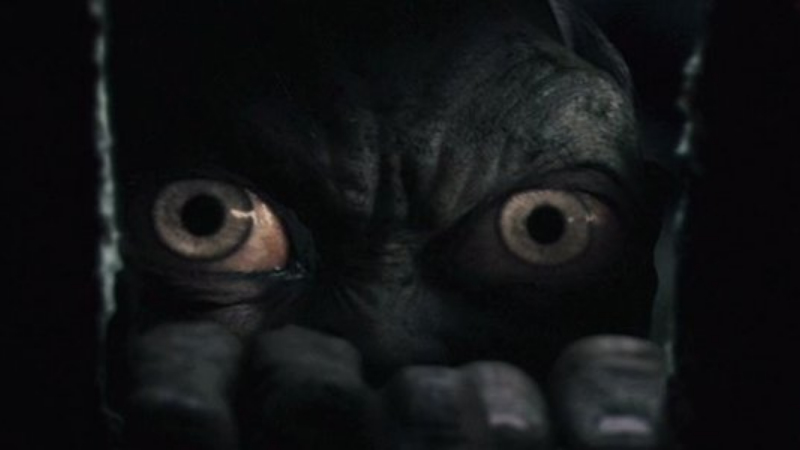
The creature Gollum who for years possessed and was and is possessed by the Ring, is scarcely seen here beyond the odd hand, close up of eyes, memory shrouded in mist or as a briefly glimpsed, distant follower of the Fellowship’s party. There’s a lot more of him on the screen in the second and third films with groundbreaking motion capture effects and a performance from Andy Serkis to match: here we just get brief glimpses and an incredible build up.
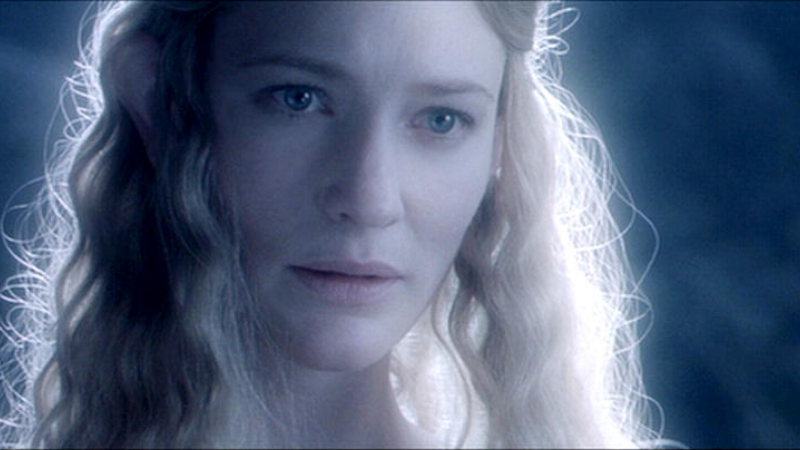
Even without the later tour de force of Gollum, the film’s visual effects and art direction are groundbreaking, raising the bar for fantasy cinema. Highlights include an elvish village where Galadriel (Cate Blanchett) wrestles with Frodo’s offer to give her the Ring, set against Tolkien’s background of the elves leaving Middle-earth for the West, underground fights involving a cave-troll and a gigantic Balrog, and an overground battle with the Uruk-hai, their faces imprinted with the hand of good wizard turned bad Saruman (Christopher Lee).

There are small scale fights with small numbers of characters, intrigues in a pub, chases on horseback. The bigger set pieces like the aforementioned Shire introduction, Saruman’s tree-consuming, underground workings, the fight in the mines of Moria and the huge battle with Saruman’s Uruk-hai warriors at the end seem much smaller in scale than the various battles and sieges which will follow in the two later instalments, particularly in the third film The Lord Of The Rings: The Return Of The King.
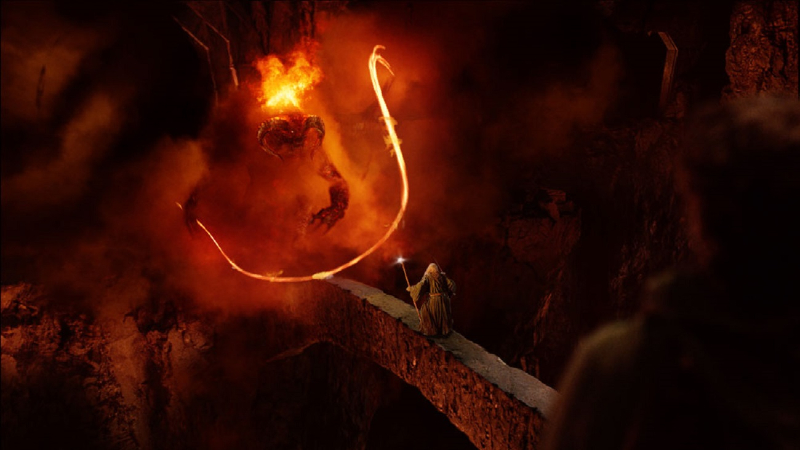
A personal movegoing recollection here, from when I took my parents to see the film in Yorkshire on its first run. *** SPOILER ALERT *** A group of young women disappeared out to the loo during the fight in Moria before Gandalf is lost down a chasm and there’s a montage of the shocked Fellowship in disbelieving grief. After that the young women came back in and probably spent the rest of the film wondering why the rest of the movie didn’t make any sense. Moral: go to the loo before the film starts. *** SPOILER ENDS ***
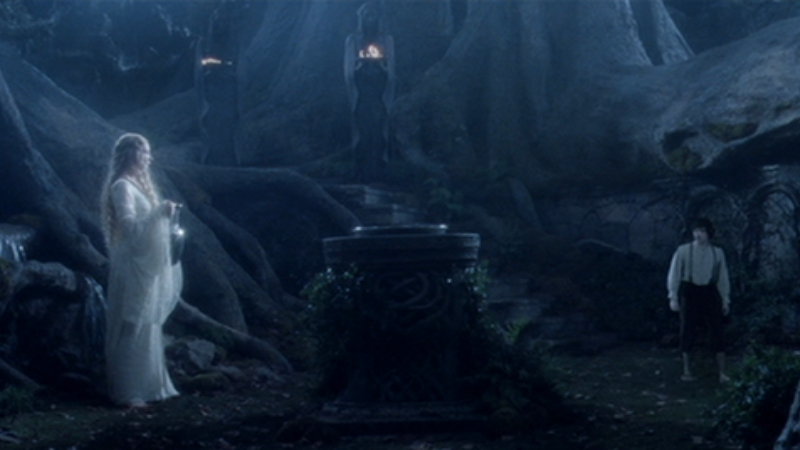
I confess to re-watching this on the DVD for the purposes of writing this review. That experience makes for a painstakingly obvious reminder, however, that these three films with their wealth of visual detail are designed to be seen on the big screen excellent choice for three first forays back into the cinema after lockdown.
The Lord of the Rings: The Fellowship of the Ring (Extended Edition) is currently out in UK cinemas. Trailers here:
Extended Edition DVD version:
Original theatrical version:
